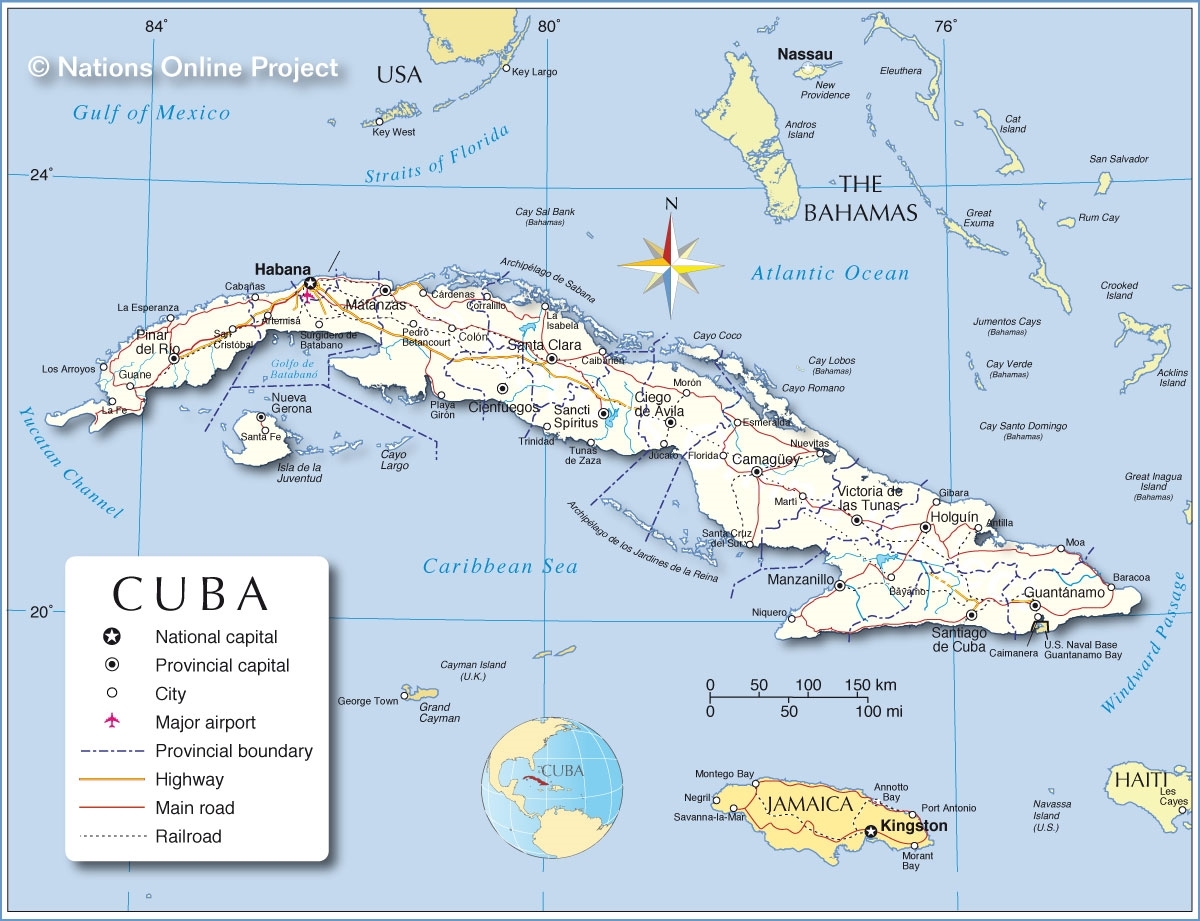France, Russia, Spain, Turkey Selected By Cuba For Airport Contracts
/Aviation Tribune
6 August 2016
"The French corporations Bouygues Batiment International and Aéroports de Paris will manage José Martí International Airport of Havana, the Government announced.
[Istanbul, Turked-based] TAV Airports [Holding], in partnership with its 38% shareholder Groupe Aéroports de Paris and with Bouygues Bâtiment International, entered into exclusive talks with Cuban authorities, concerning the development of José Martí International Airport, Havana, under a concession contract.
The Havana International Airport development project comprises the renovation, extension and operation of the existing international terminals. These developments, when completed in 2020 will provide the airport with a handling capacity of over 10 million passengers. The current traffic is close to 5 million passengers and the possible liberalization of air traffic, especially with the USA, carries rapid growth potential.
The project also ultimately includes the development of the San Antonio de los Baños Airport, located to the West of the capital.
José Martí International Airport, sometimes known by its former name Rancho-Boyeros Airport, is an international airport located 15 km southwest of Havana, Cuba, and is a hub for Cubana de Aviación, Aerogaviota and Aero Caribbean. It is Cuba’s main international and domestic gateway, and serves several million passengers each year.
The current José Martí Airport replaced the Columbia Airfield in 1930, which was the first airport to serve Havana.
There are currently four passenger terminals in use at the airport, plus a freight terminal. Terminal 1 is used primarily for domestic flights. Terminal 2 opened in 1988, primarily for charter flights to the United States. Ten years later on April 27, 1998, the International Terminal 3 was opened. Terminal 5 is operated by Aerocaribbean."
Additional Background
In June 2016, Moscow, Russian Federation-based AO Azimut signed an agreement with Republic of Cuba government-operated Aviaimport SA to provide equipment and training relating to the air traffic control systems throughout the Republic of Cuba.
“TAV [Airports Holding] is operational at 70 airports in 17 countries thanks to its products and services. Having formed a joint venture with its French partner ADP and BBI, a large construction company that has completed major construction projects in Cuba, TAV and its partners have been exclusively invited to start negotiations for the extension and operation of two airports, which have been pursued for approximately a year. The negotiations on the renovation, expansion works and operation of Havana José Martí International Airport and expansion works of San Antonio de los Baños, which is located on the west side of the country, continue,” according to TAV Airports Holding President and CEO Sani Şener.
Companies from Spain are also engaged in discussions to renovate and operate airports in the Republic of Cuba, including equity offerings.
The Republic of Cuba primarily selects companies for contracts (import, export, provision of services, etc.) based upon the level of financial support provided directly or indirectly by the company- often with the companies having guarantees from their home governments; and as a result of bilateral debt resolutions (debt for equity, extended payment terms, discounted principal, discounted interest, etc.)
Jose Marti International Airport (HAV) in the city of Havana, Republic of Cuba, received 1,685,381 arrivals in 2015, representing an increase of 21% compared to 2014. HAV received 48% of all arrivals in 2015, with passengers originating primarily from the countries of the United States, France, Italy, Mexico, Spain, the United Kingdom and Germany.
From September 2016, the number of flights into and out of HAV will increase by more than 200% and the number of passengers traveling through HAV will potentially (depending upon passengers on each flight) increase 300%.
The United States Department of Transportation (DOT) awarded eight (8) United States air carriers twenty US-HAV non-stop routes; United States air carriers sought US-HAV non-stop routes from twenty (20) airports; the DOT awarded routes from eleven (11) airports. Which United States air carrier received the most of what it sought?
Alaska Airlines received 100% of its application
American Airlines received 40% of its application
Delta Air Lines received 75% of its application
Frontier Airlines received 50% of its application
JetBlue Airways received 50% of its application
Southwest Airlines received 66% of its application
Spirit Airlines received 100% of its application
United Airlines received 40% of its application
There are fifteen (15) aircraft seating configurations included in the daily non-stop US-HAV route applications (280, 200, 199, 186, 181, 180, 175, 162, 160, 154, 145, 144, 143, 126, 34).
The average seat capacity of the aircraft to be used for daily flights (per the applications) is 164.60 (which is skewed lower due to the use of Saab 340B 34-seat aircraft by Silver Airways).
Thus, for the twenty (20) awarded routes, there will be 3,418 seats available per day; 23,899 seats available per week, and 1,242,748 seats available per year.
The Ministry of Tourism of the Republic of Cuba (MINTUR) reported a total of 3,524,779 visitors in 2015 compared to 3,002,745 tourist arrivals in 2014, representing an increase of 17%.
MINTUR reported that the Republic of Cuba has approximately 66,389 hotel rooms of which 11,309 hotel rooms are located in the city of Havana. However, the majority of these hotel rooms are located at resort locations and are of one-star to three-star in quality. The resort locations are off-limits to visitors from the United States due to United States law and United States regulation.



